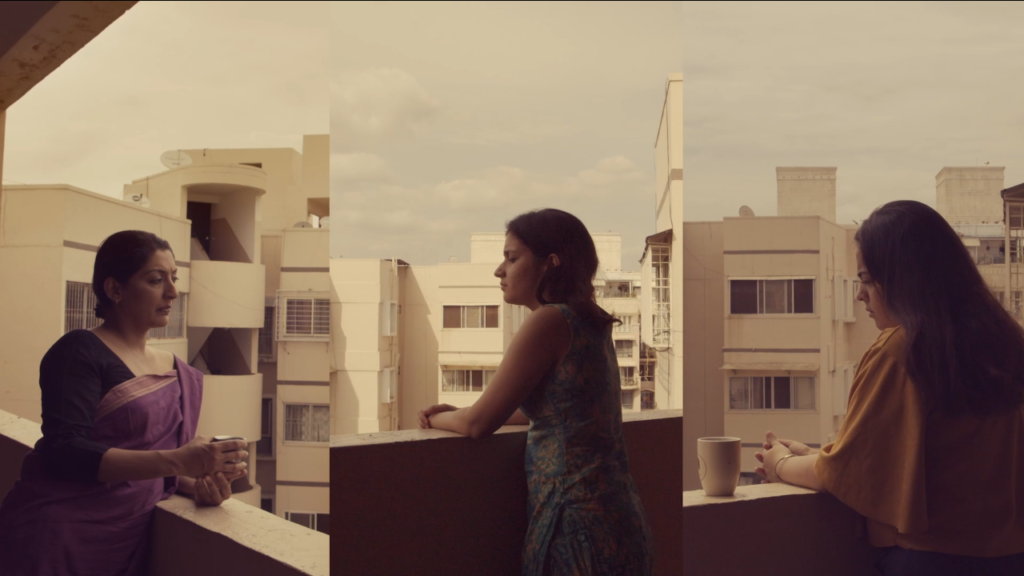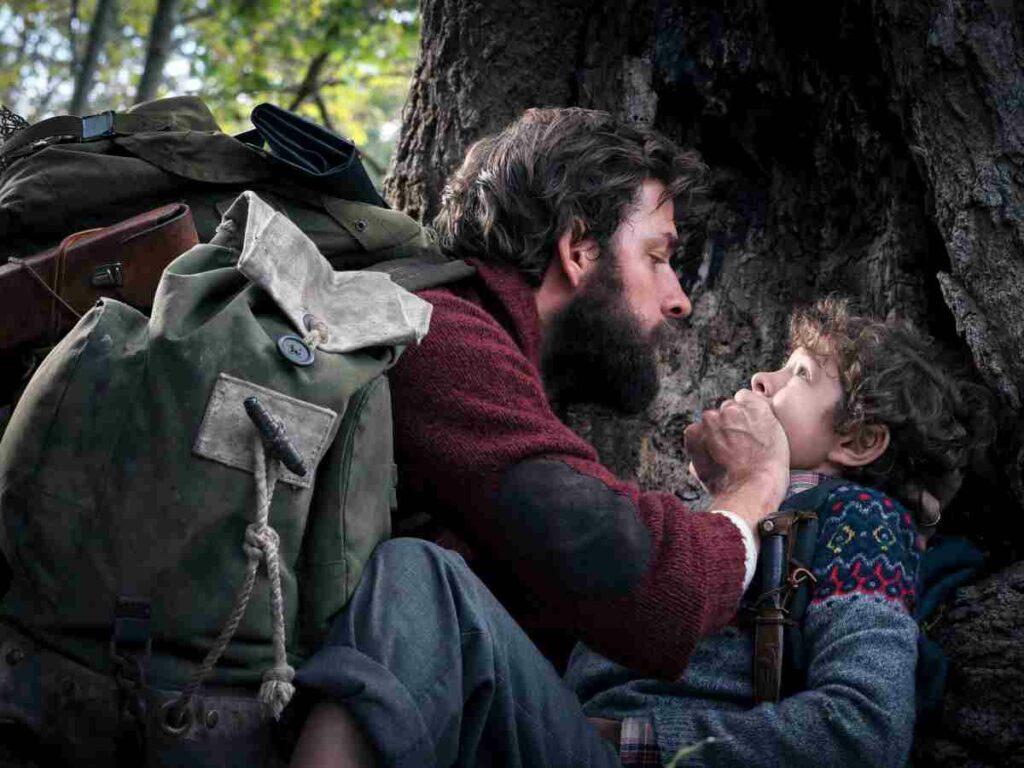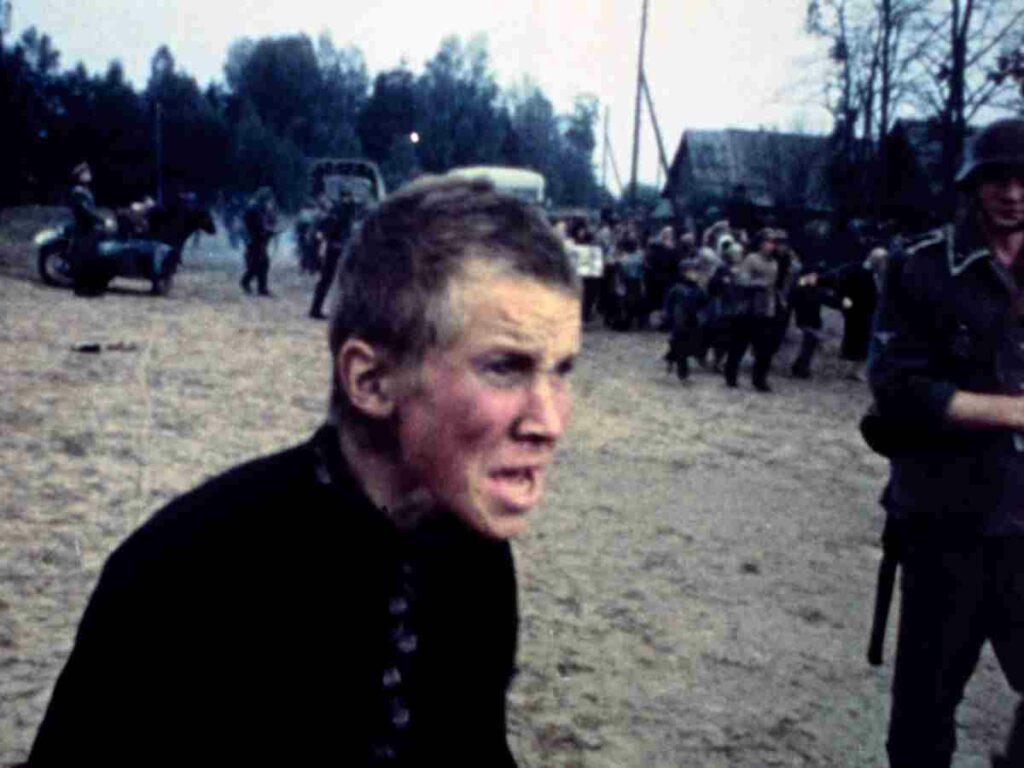Today for inSide, independent filmmaker Aditi Banerjee writes about the misconstrued portrayal of the ‘modern’ Indian woman on the small screen. With her upcoming web series Happily Ever After, she hopes to present a more realistic picture and address gender bias.
A woman enters in a neat, pleated saree, climbs down a marble staircase and exchanges caustic looks with an older woman who is her mother in-law. At the risk of generalising, this is a scene that is common across various television soap operas. Due to an illness, and a longish visit from my mother, I ended up watching serials on a popular channel. I was hopeful that, perhaps, over the years, the portrayal of women in television serials must have become more empowering. To be fair, some things are different — here are women who go to work, who are single mothers, who are separated and who sometimes speak out against domestic abuse — all within a patriarchal framework. What is the problem then?
The issue lies in the character and plot. The characters are one dimensional. They’re either good or bad. The spectrum of moral greyness is seldom shown. The metaphorical lakshman rekha follows women around. As far as the plot is concerned, the unfolding of it is towards reinforcing patriarchy. In a patriarchal system of marriage, elders and defined gender roles lies comfort and acceptance.
Recommended: 21 Must Watch Bollywood Movies From Women Filmmakers
In Krishna Chali London on Star Plus, Krishna is a young capable doctor who is married off to an uneducated man who eventually dies. She finds love again and remarries much against the will of her in-laws from her last marriage. She has agency, she is educated and yet in terms of the plot, it must end with another marriage. The plot structure is what guides what the larger idea of acceptance of women characters in how our society should be.
Ekta Kapoor is, arguably, the most successful Indian woman television producer. With Balaji telefilms there came a wave of serials with women leads that held the family together. What a stroke of genius that was. The only issue being that these women were role bound. They were daughters, mothers, daughter in-laws and mother in-laws. These serials further deepened the moral duties of an Indian woman as the holder of the family system. It is in the interest of patriarchy to pitch women against each other, to not have strong female bonds, to not give any voice to female desire. While Ekta Kapoor as a successful business woman and single mother of a surrogate child is a role model in some sense, the serials on Star Plus display a moral framework quite at odds with this.
In contrast to these series on Star Plus, in the nineties there were serials such as Tara, Swabhiman, Rajni and Udaan which had strong women lead characters and also explored women bonding.
Recommended: 50 Best Indian TV Shows From The 80s/90s
Cut to present times, with Youtube and the advent of OTT platforms, content has become free of censorship. This phenomenon has changed the way people view and the way people create content. There have been series such as It’s Not That Simple starring Swara Bhaskar, on Voot that show the lead characters with dilemmas and desires that are real and that are complicated, as human relationships are. Eventually the lead character decides to be by herself and not in a relationship.
Dice Media’s What the Folks begins after the marriage of Nikhil and Anita, when Nikhil has to stay with his in-laws while he works in the city they live in and Anita lives and works in a different city. Through this seemingly simple premise, a few new things are shown. A married man negotiating his space at his in-laws is a delightful reversal of the usual bahu-goes-to-sasural situation. Another shift is that Anita is older, more mature and seems surer of her desires than he is. The good thing is that all this happens in a matter-of-fact way. The narrative doesn’t put the man on a pedestal, neither does it underline the character of the woman as ‘bold’.
Little Things, another series by Dice Media, which first came out on Youtube and then was bought by Netflix is another simple but not simplistic storytelling. It is about a young couple that lives together. It’s really just about that and the little things that happen as they go through their journey. It is honest and funny. At no point is the idea of living together outside of marriage exoticised.
Recommended: 10 Best TV Shows On Amazon Prime Right Now
In Ladies Room by Y Films, we see two young ladies in a different ladies room every time. The premise is interesting as are the characters, but again there is something stereotypical about the man-hating hyper sexual character of Dingo.
There are various other ‘bold’ series on Alt Balaji, the alter-ego of Balaji telefilms. I Love Us is about a lesbian couple and Gandi Baat is all about sex. However the focus in Gandi Baat appears to be the use of the woman’s body to satisfy the man and marriage is seen as something sexually restrictive.
Four More Shots Please on Amazon Prime appears to be derivative of Sex and the City. The characters are airlifted from the popular series based in NYC and placed in Bombay. In a bid to be progressive, all ‘types’ of ‘modern’ women are placed together. A successful career woman who can’t hold on to her marriage, a heartbroken lawyer who is a single mother and gets caught drunk driving, a bisexual sports person and a young virgin. The characters abuse, smoke, drink and have sex (except one, who wishes to but hasn’t yet).
All these series project the idea of a bold or progressive woman as one who is sexually explicit and makes choices outside of marriage. In the case of these series and the earlier mentioned ones, one sees women as two extremes — submissive or openly having sex or at least talking about it.
Recommended: 10 Must Watch TV Shows On Netflix
In popular media, women are often portrayed as over-the-top ‘modern’ or submissive. Whereas being a modern woman in India is much more complex than that. My upcoming web series Happily Ever After attempts to look at that complexity.
Women are a bunch of contradictions who can believe in marriage and have sexual desires or can be from a conservative family and be polyamorous. Happily Ever After is a five-part mini-series in which the wife of a cheating husband (Anya), a young mother tempted by an online chatroom (Ikjot) and an older polyamorous woman (Uma) explore the world of love, desire, friendship and separation.
Desire within marriage, looking for love, rediscovering sexuality, being a modern woman yet wanting to make her marriage work with a cheating husband — these are real women. In Happily Ever After, we look at the world of contradictions, of grey areas. We attempt to break stereotypical images of women, and also empathise with the men. The women do not hate men or marriage, they hold their ground in a world where both men and women exist. The series is also about female bonding — not in a ‘girls night out’ but in a way that is tender, empathetic, familiar and sometimes complicated.
Must Watch: Oppressed Majority: A Provocative Short Film About Role Reversal
As a woman filmmaker in urban India, I felt the need to create something relatable. Content that does not create a dichotomy of domesticity and desire but tries to negotiate both. In this project, there are more women on screen and off screen. More than fifty percent of the crew is female.
My web series isn’t only for women; it is a story told through the characters of women. It is also about urban loneliness and the need for intimacy.
I believe independent filmmaking can be authentic and free from the burdens of commercial cinema. And that is why I decided to crowdfund this series. We can have fun and push boundaries, as creators and actors. The audience is also a very crucial part of this process. This becomes my project as well as yours. No single person dictates terms, and when people contribute they become stakeholders.
If you wish to be part of this campaign or contribute towards it, visit here for details.




